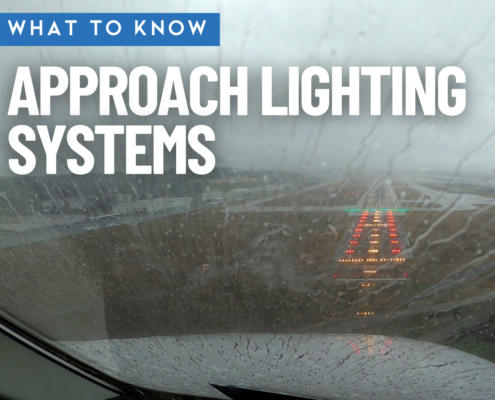
Practical IFR: Practice Approaches
/
0 Comments
The two best things you can do are making practice a habit and upping the stakes. The first part is pretty simple: Set a recurring day, say the second Saturday of each month, when you and a friend or two go bore holes in the IFR system for practice. Three people are better because two get to watch while one flies, and there’s still a party if one of the gang must take a day off.

Ask a CFI: What to Do If You Lose Comms While IFR
Losing communications in IMC is a rare but serious scenario that every instrument pilot should be prepared for. Fortunately, the FAA provides clear guidance in AIM 6-4-1 and §91.185, but interpreting and applying that information on the flight deck—especially under stress—can be confusing. In this installment of Ask a CFI, we’ll break it down and offer some practical tips along the way.

FAA Issues New Safety Alert on Risks of Visual Approaches
The FAA recently issued a new Safety Alert for Operators (SAFO) 23004 to highlight operational risks associated with visual approaches. Released on April 2, 2025, this SAFO urges operators, flight departments, and training providers to take proactive steps in mitigating potential hazards during visual approaches—particularly as they relate to controlled flight into terrain (CFIT), loss of separation, and unstable approaches.

Basic attitude instrument flying – the foundation for IFR flight
As the complete instrument pilot, you should be able to maintain heading, altitude, and airspeed at speeds ranging from cruise to approach. Within the normal speed range of an airplane, there are many combinations of power and pitch which will maintain altitude at different airspeeds.

Mastering Approach Lighting Systems: Key Insights for IFR Pilots
Approach lighting systems are critical during low ceiling and low visibility conditions when you must decide whether to continue to land or execute a missed approach. If when reaching the minimum descent altitude or decision altitude on the approach and you have the approach lights in sight, you are permitted to descend to 100 feet above the touchdown zone elevation published for the runway.

Video Tip: How to perform a self-weather briefing for an IFR flight
The FAA encourages pilots to use the self-briefing technique when checking the weather before each flight. In this video, we'll highlight various sources of weather products you can use and how to ensure you always get a complete briefing.

